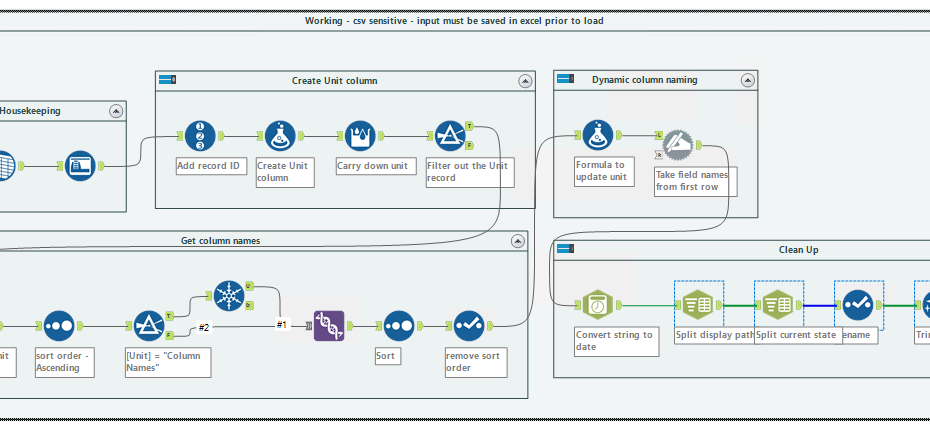How to Reduce the Size of an Alteryx Data Set
I love that I can run huge amounts of data thru Alteryx. However, I also have to think about how much data I’m going to take from Alteryx and push to a BI application like Spotfire or PowerBI. As a general rule, less is more. Now, you may think you can’t do anything to reduce the size of your data set without cutting columns or rows, but that’s not true. Read on to learn two quick tricks to materially reduce the size of your data set.
Read More »How to Reduce the Size of an Alteryx Data Set





